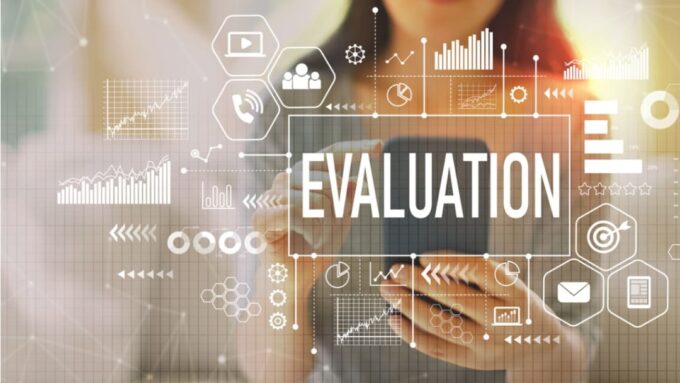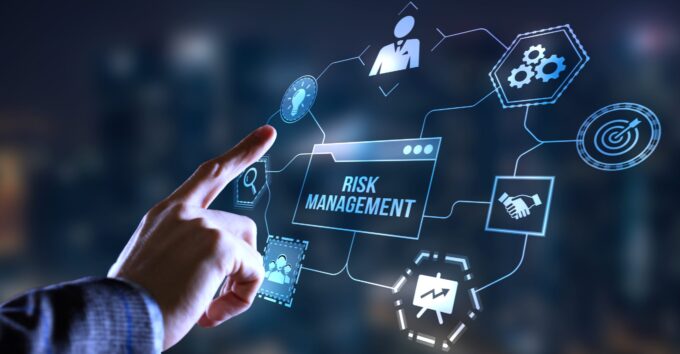Optimizing procurement in higher education is more than a fiscal exercise; it’s a strategic imperative. This process involves carefully managing resources to ensure institutions operate efficiently and effectively. In universities and colleges, where funds are often tight, strategic efficiency in procurement isn’t just beneficial; it’s essential.
Through this blog, we will explore the intricacies of acquisition in higher education and provide actionable insights on enhancing its efficiency. Our goal is to highlight the critical role of procurement in the academic sector and demonstrate how optimizing these processes can lead to substantial benefits for educational institutions.
Defining Procurement

Procurement in higher education is the systematic process of acquiring goods and services that are essential for an institution’s operation. This function is a cornerstone in the management of resources, playing a critical role in supporting both the educational and administrative facets of universities and colleges.
Effective procurement involves a delicate balance between cost, quality, and timeliness, and its impact on an institution’s operational effectiveness can’t be overstated. It’s about making informed decisions that support the institution’s goals, while also ensuring compliance with various regulations and standards. A well-managed acquisition process can lead to significant savings, improved quality of services, and enhanced efficiency in the overall management of resources.
Streamlining Procurement
Streamlined processes are paramount when it comes to higher education procurement. Complex and cumbersome procedures not only lead to inefficiencies but also increase the risk of errors and compliance issues. By simplifying these processes, institutions can reduce unnecessary bureaucracy, which often acts as a barrier to quick and effective decision-making.
Streamlining procurement involves adopting more straightforward procedures, improving communication channels, and eliminating redundant steps. This approach not only speeds up the acquisition cycle but also enhances transparency and accountability. A streamlined process allows for quicker responses to the dynamic needs of the educational environment and ensures that resources are used effectively and judiciously.
Centralized Procurement

Centralized approaches to higher education procurement, primarily through third-party cooperatives, offer numerous benefits. Cooperatives provide better coordination of purchases, resulting in significant cost savings through bulk buying and reduced administrative overhead. Centralization also enables more effective vendor management, as a single point of contact for suppliers ensures consistency and better negotiation power.
Centralized acquisition facilitates the standardization of processes and policies across departments, enhancing efficiency and compliance. Furthermore, it allows for better data collection and analysis, aiding in strategic decision-making and identification of cost-saving opportunities. Centralized systems also make it easier to implement and monitor sustainable procurement practices across the institution.
Vendor Evaluation

Vendor evaluation is a critical component of the procurement process in higher education. It involves assessing potential suppliers to ensure they meet the institution’s standards for quality, reliability, and cost-effectiveness. A thorough evaluation process helps institutions avoid the pitfalls of engaging with unreliable vendors, which can lead to cost overruns, delays, and quality issues. Criteria for evaluation often include the vendor’s financial stability, track record, compliance with industry standards, and ability to meet contractual obligations. Selecting the right vendors is crucial for maintaining the integrity and efficiency of acquisition activities.
Budget Optimization
Optimizing procurement is a key strategy for universities to manage their budgets effectively. Efficient procurement practices help in reducing costs without compromising on the quality of goods and services. This optimization directly impacts the overall financial health of the institution, allowing for better allocation of resources to core academic and research functions. By negotiating better terms with suppliers, consolidating purchases, and eliminating wasteful spending, acquisition officers can significantly contribute to financial stability.
Sustainability in Procurement
Sustainable procurement practices are increasingly important in higher education institutions. These practices involve choosing products and services that are not only cost-effective but also have a minimal environmental impact. By prioritizing sustainability, universities demonstrate their commitment to environmental stewardship and social responsibility, values that are deeply aligned with the ethos of higher education. Sustainable acquisition can include selecting eco-friendly products, engaging with suppliers who practice ethical labor and production methods, and reducing waste through efficient resource utilization.
Technology Integration

The role of technology in enhancing procurement efficiency in higher education is undeniable. Modern acquisition software and tools offer a range of functionalities that streamline processes, from vendor management to contract administration. These technologies enable electronic processing of transactions, which significantly reduces paperwork and speeds up approval cycles. They also provide valuable analytics and insights, assisting procurement officers in making data-driven decisions. Automation of routine tasks allows staff to focus on strategic aspects of acquisition, such as relationship management and negotiation.
Staff Training
Proper training of procurement staff is vital for the efficient functioning of procurement processes in higher education. Skilled and knowledgeable personnel are better equipped to handle the complexities of acquisition, from understanding legal requirements to implementing best practices. Training programs should cover areas such as contract management, negotiation skills, ethical procurement, and the use of technology tools. Investing in staff development not only enhances the efficiency and effectiveness of the acquisition function but also contributes to the professional growth of the employees.
Risk Management

Risk management is a critical aspect of procurement in higher education. The procurement process inherently involves various risks, including financial risks, compliance risks, and supply chain disruptions. Effective risk management strategies involve identifying potential risks, assessing their impact, and implementing measures to mitigate them. This might include diversifying suppliers, entering into robust contracts, and maintaining contingency plans. Proactive risk management ensures that the institution is prepared for unforeseen circumstances, thereby minimizing the impact on acquisition operations and the institution as a whole.
Collaboration with Stakeholders
Collaboration with various stakeholders is key to improving procurement outcomes in higher education. Engaging with departments such as finance, IT, and academic units allows for a more holistic understanding of the institution’s needs. This collaborative approach ensures that procurement decisions are aligned with the overall objectives of the university and that the needs of different departments are adequately met. Cross-functional teamwork facilitates the sharing of information and best practices, leading to more informed and effective acquisition strategies.
Conclusion
In conclusion, optimizing procurement in higher education is not just about cutting costs; it’s about strategically managing resources to support the institution’s mission and goals. From streamlining processes to integrating technology, each aspect of procurement plays a vital role in the overall efficiency and effectiveness of a university. By focusing on areas such as sustainability, risk management, and staff training, institutions can ensure that their acquisition strategies are robust, responsive, and aligned with their values.









